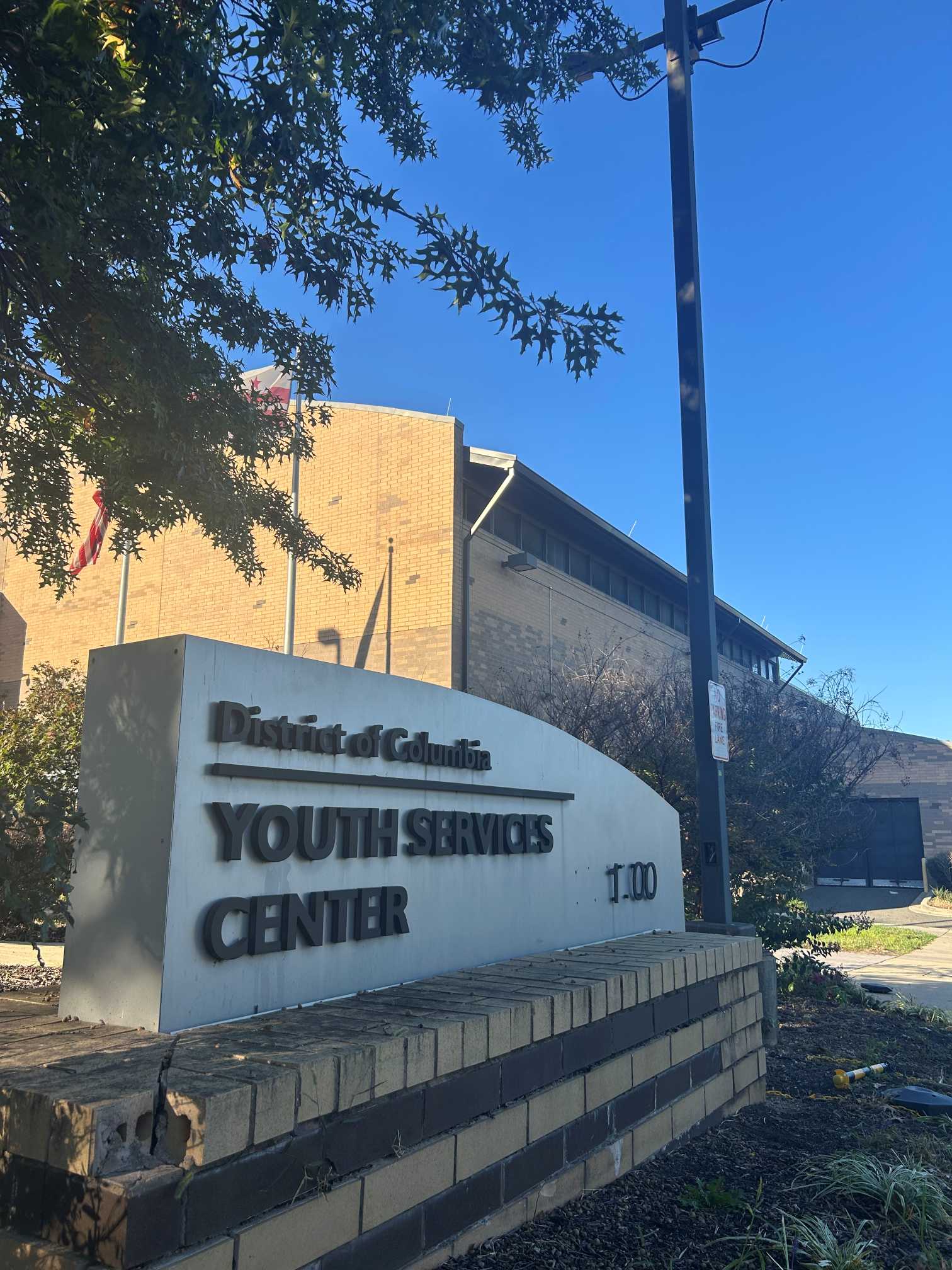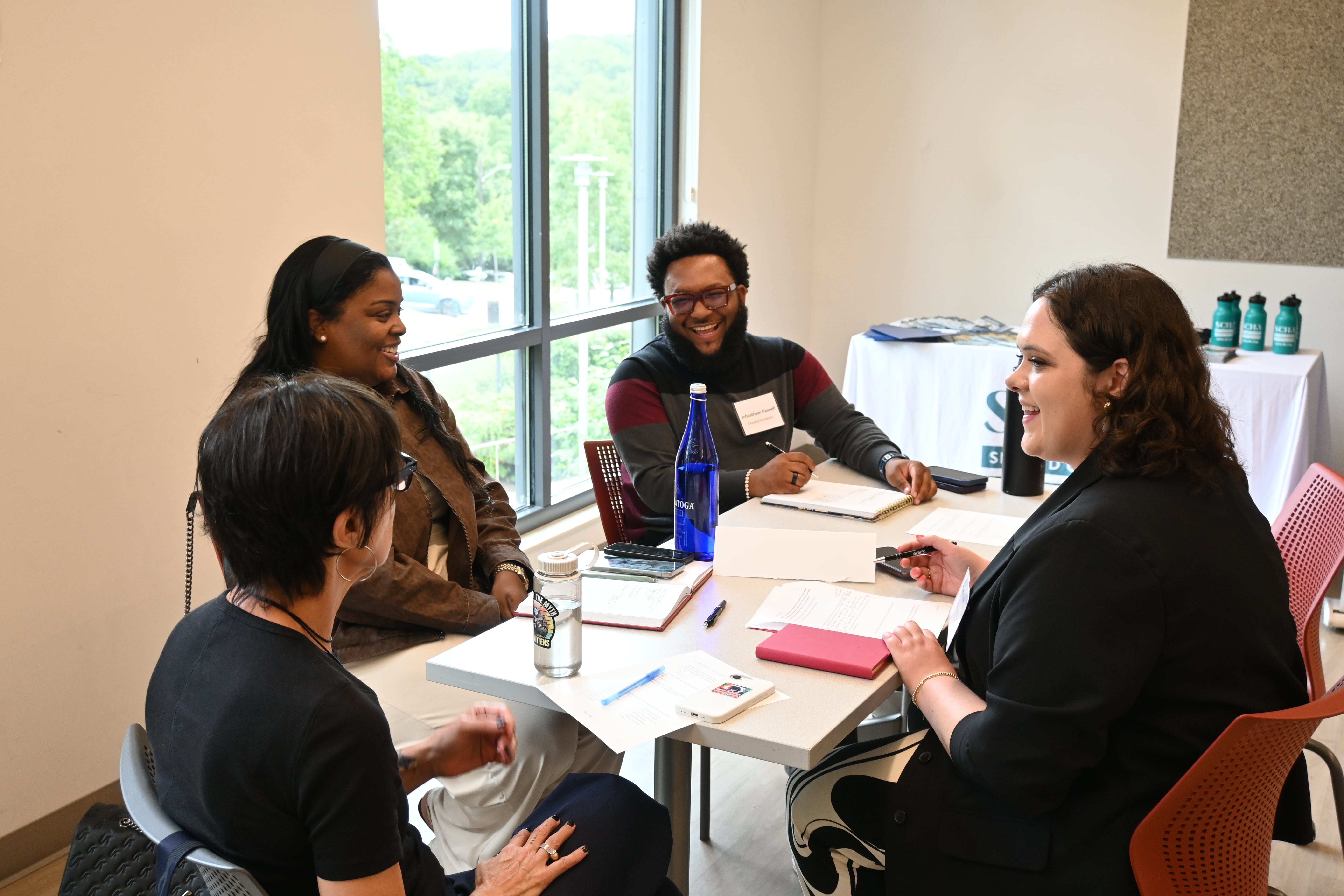CCE Releases New Report on Committed Youth Awaiting Placement in the D.C. Youth Services Center

October 16, 2025 - Today CCE released a new report entitled, Committed Youth Awaiting Placement in the D.C. Youth Services Center, which reveals alarming conditions and systemic delays that leave D.C. youth in extended confinement while awaiting appropriate placement by the Department of Youth Rehabilitation Services (DYRS).
The report was based on discussions with youth, the D.C. Juvenile Justice Advisory Group, and more than 10 agencies, and focuses on youth who are committed to the custody of the DYRS and assigned to the Youth Service Center (YSC) while awaiting a placement. The report uncovers how D.C.'s system regularly holds committed youth at YSC for weeks or months in what was designed as a short-term holding facility.
CCE’s analysis shows the YSC population has risen by 50% in two years, from 83 in October 2023 to 125 as of October 13, 2025, driven largely by increases in length of stay among youth charged as adults under Title 16 and youth awaiting placements. Committed youth awaiting placements at YSC more than doubled since October 2023, and their average length of stay is now 91 days, up 20% from two years ago.
More than half of youth awaiting placement from June 2022 to February 2025 spent 125 days or longer at YSC. Additionally, Title 16 youth at YSC increased to 26 (from 15 two years ago), and their average length of stay rose 44%. This rise underscores that YSC is increasingly serving long-stay populations it was never built to house. Black males continue to disproportionately make up the population of committed youth. In 2023, Black males made up 86% of the committed youth. And as of May 2025, all committed youth held at YSC were Black males even though Black youth comprise just 52% of all youth in DC.
The report identifies a number of barriers to placement, including:
- Limited placements are available for D.C. youth, resulting in young people being sent to facilities outside of D.C.
- These out-of-state facilities, such as private residential treatment facilities (PRTFs) for youth with serious behavioral health issues, may restrict the number of D.C. youth they accept or refuse to accept D.C. youth altogether.
- Psychological and other evaluations are required to be completed prior to placement, and often take months to be completed.
- Youth at YSC are not eligible for Medicaid, and even when eligible for release, are sometimes held until their Medicaid coverage can be reactivated.
- Certain legal documents are required for youth to be placed, including their birth certificate and Social Security card, which can be difficult to secure.
- There is a lack of collaboration and communication among DYRS, other agencies, families, and youth, which if improved could lead to better understanding of placement options.
In addition to placement delays, directly impacted youth who were held, or are currently held, at YSC expressed deep frustration with the lack of meaningful programming, mental health services, and opportunities for connection and personal growth. These gaps in support and engagement have serious implications for their well-being and rehabilitation. Among youth in YSC in January awaiting placement who completed a CCE questionnaire, 64% cited poor living conditions as a major challenge. Less than half of youth at YSC in January 2025 who responded to CCE’s questionnaire said they always or almost always felt safe; this sadly is not surprising, given the rising rates of violence at YSC. There have been 20 or more youth-on-youth assaults at YSC every month for the past year (August 2024 to August 2025), with the highest number of assaults – 40 – occurring in April 2025. Through August 2025, average monthly youth-on-youth assaults at YSC climbed to 34.4, up from 19.4 per month in 2023, evidence of worsening safety conditions inside the facility.
Additional findings from the youth feedback include:
- Seven of the 16 respondents who were at YSC during January 2025 reported being at YSC for seven months or longer. This is problematic, as the time that committed youth spend at the center while awaiting placement is dead time that does not count toward their sentence.
- About 25% of respondents said while they understood they were being held while waiting for a placement, they were not aware of the specific reason for the delay.
- Among those previously held at YSC, 81% reported no participation in any activities beyond school to support skill-building and personal growth.
Addressing placement delays and worsening facility conditions is an urgent matter of protecting the rights, safety, and well-being of youth. Towards this outcome, the report reflects several community-developed recommendations:
- Assess appropriateness of placements for each child, not just availability.
- Routinely track and share data across agencies.
- Improve DYRS data collection.
- Improve agency collaboration throughout the process to increase positive outcomes for kids.
- Require accountability for decision making from adults and agencies, not just youth, to provide better outcomes for kids.
- Create meaningful programming at YSC which contributes to a youth’s rehabilitation.
“The system meant to support D.C.’s justice-involved youth is instead holding them in limbo. Every day a young person spends warehoused at YSC is a missed opportunity for rehabilitation and growth,” said Magdalena Tsiongas, policy manager at the Council for Court Excellence and the report’s primary author. “We hope the District addresses the issue of overcrowding of YSC and youth awaiting placement with solutions that increase family involvement, reduce the use of incarceration, and expand the treatment and services that would actually make a meaningful impact on these young people’s lives and public safety in the District.”
CCE policy director Tracy Velázquez added: “The currently proposed federal legislation, such as decreasing the age at which youth can be charged as adults, will only add more young people to this already overburdened facility and worsen outcomes. We applaud District leaders who have pushed back against these uninformed federal proposals, and we will continue to educate members of Congress who hold the future of these bills in their hands.”
The full report is available to read or download HERE.
Stay in the Know with Our Quarterly Newsletter
Receive updates, event invitations, information about new publications, and more.




